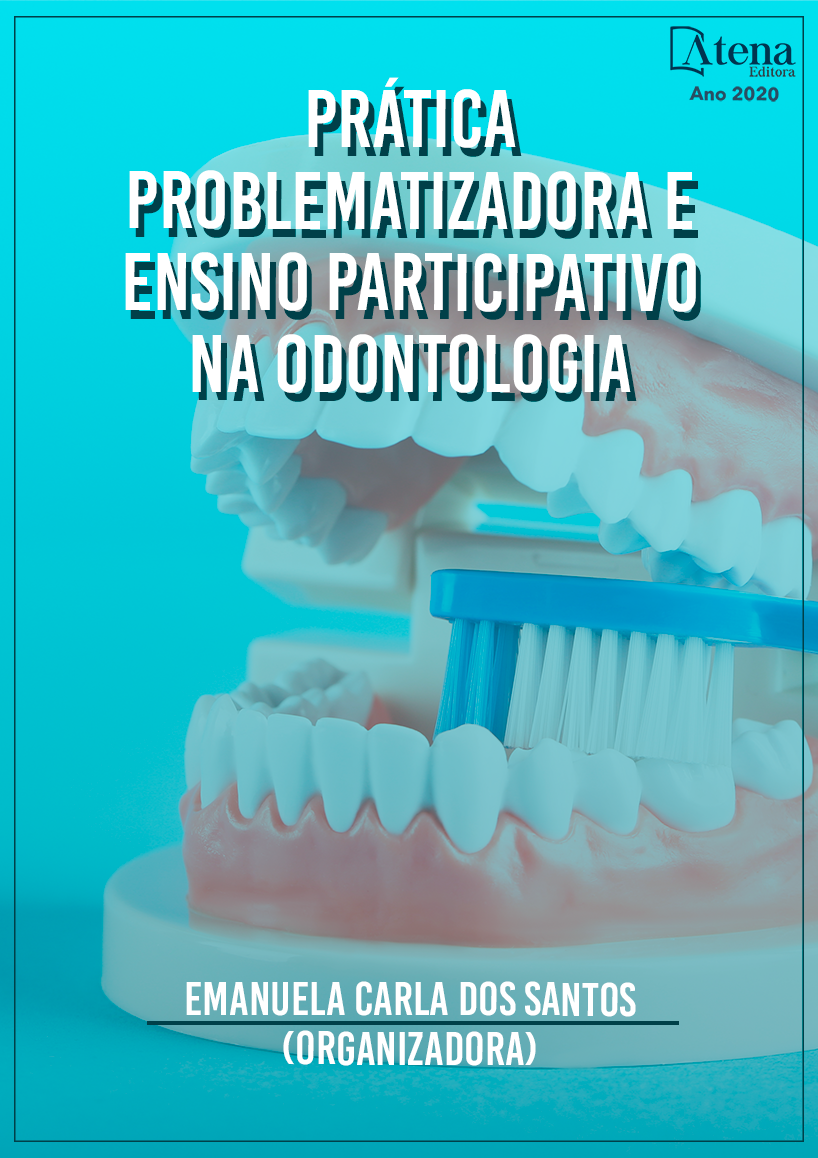
FRATURA MANDIBULAR PÓS- IMPLANTE DENTÁRIO
É perceptível a preocupação do indivíduo em repor ausências dentárias e corrigir oclusões, muitas vezes somente alcançada com implantes e equipe multidisplinar. E devido ao alto índice de sucesso dos implantes odontológicos e das próteses implanto-suportadas, estes possuem uma grande demanda. O presente trabalho teve como objetivo realizar uma revisão de literatura a respeito das técnicas no tratamento das fraturas da mandíbula pós-implantes dentários, demonstrando de forma objetiva os principais aspectos relacionados a anatomia, e as possíveis falhas na instalação dos implantes. Ao longo dos anos percebe-se um aumento na procura e principalmente no interesse em repor os dentes perdidos. Porém, o traumatismo na região facial frequentemente resulta em lesões dos tecidos moles, dos dentes e dos principais componentes do esqueleto da face, incluindo mandíbula, maxila, zigoma, complexo naso-órbito-etmoidal e estruturas supraorbitárias. Por essa razão, a Cirurgia e Traumatologia Bucomaxilofaciais oferecem uma variedade de métodos para o tratamento de fraturas mandibulares, cujos objetivos são a restauração das estruturas e da função, minimizando a morbidade por meio de adequada redução. Foi possível concluir que são necessários mais estudos e publicações sobre fraturas mandibulares sobretudo as iatrogênicas durante cirurgias, mesmo não tendo uma etiologia estabelecida, já que essa é multifatorial, é necessário estabelecer um protocolo para o planejamento cirúrgico.
FRATURA MANDIBULAR PÓS- IMPLANTE DENTÁRIO
-
DOI: 10.22533/at.ed.9162015074
-
Palavras-chave: Implantes. Fratura. Mandíbula.
-
Keywords: Implants. Fracture. Jaw.
-
Abstract:
The individual's concern with replacing dental absences and correcting occlusions is noticeable, often only achieved with implants and a multidisciplinary team. And due to the high success rate of dental implants and implant-supported prostheses, they are in great demand. The present study aimed to conduct a literature review regarding techniques in the treatment of jaw fractures after dental implants, objectively demonstrating the main aspects related to anatomy, and possible failures in the installation of implants. Over the years, there has been an increase in demand and especially in the interest in replacing lost teeth. However, trauma to the facial region often results in injuries to the soft tissues, teeth and the main components of the facial skeleton, including the mandible, maxilla, zygoma, naso-orbital-ethmoidal complex and supraorbital structures. For this reason, Buccomaxillofacial Surgery and Traumatology offers a variety of methods for the treatment of mandibular fractures, whose objectives are the restoration of structures and function, minimizing morbidity through adequate reduction. It was possible to conclude that more studies and publications on mandibular fractures are needed, especially iatrogenic ones during surgeries, even though they do not have an established etiology, since this is multifactorial, it is necessary to establish a protocol for surgical planning.
-
Número de páginas: 22
- Mabel Soares Saturnino
- Jéssica Ricarte Viana
- Amanda Albuquerque Cartaxo de Andrade
- Gabriel Figueiredo Rolim
- Angélica Queiroz Guarita
- Camila Egidio Batista Gomes
- Elaine Cristina Alves Goldfarb
- Teodomiro Dutra de Abreu Junior
- Oscar Fernandes Sobral Neto
- RENEE DOMINIK CARVALHO PEREIRA OSÓRIO


